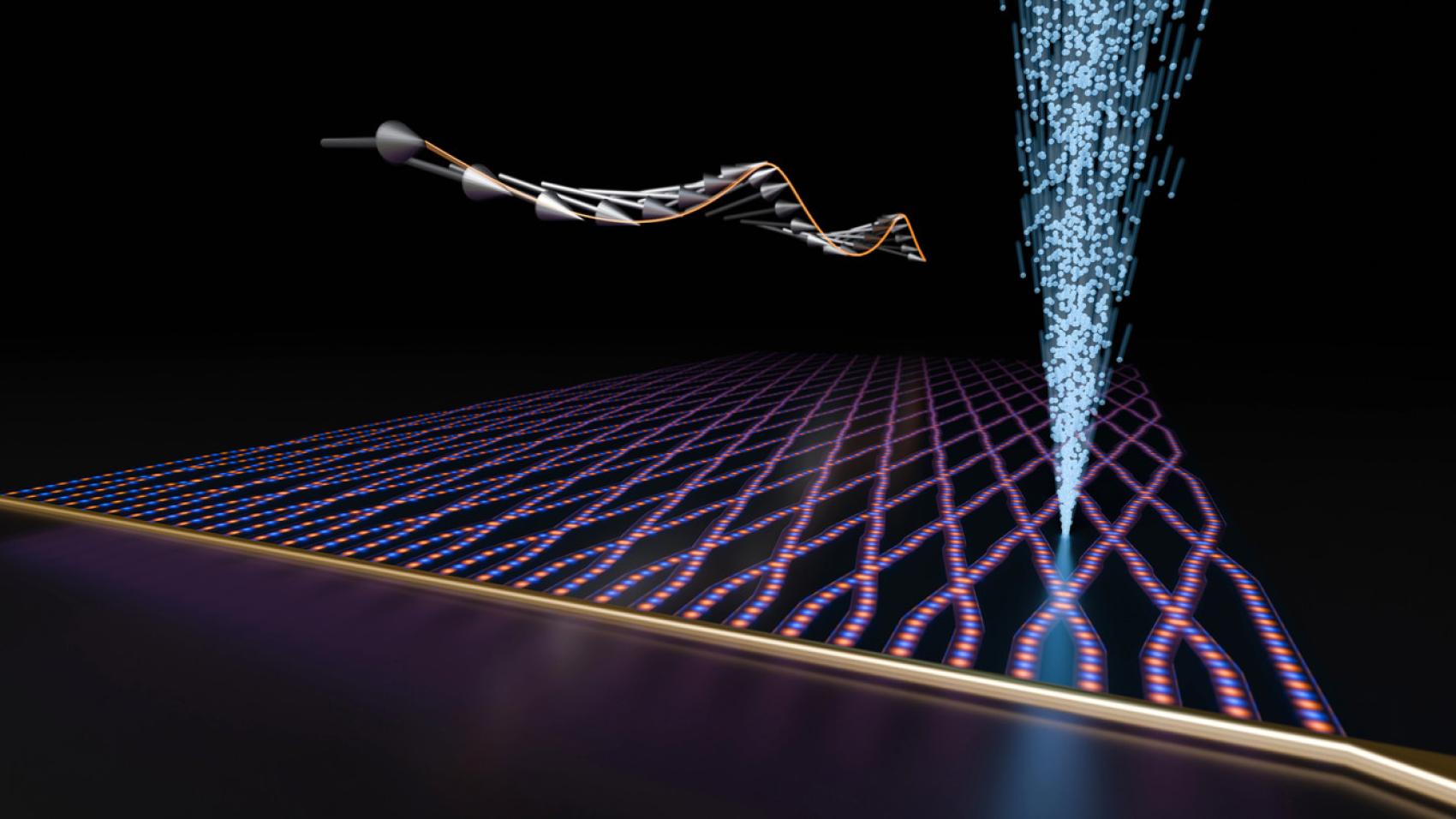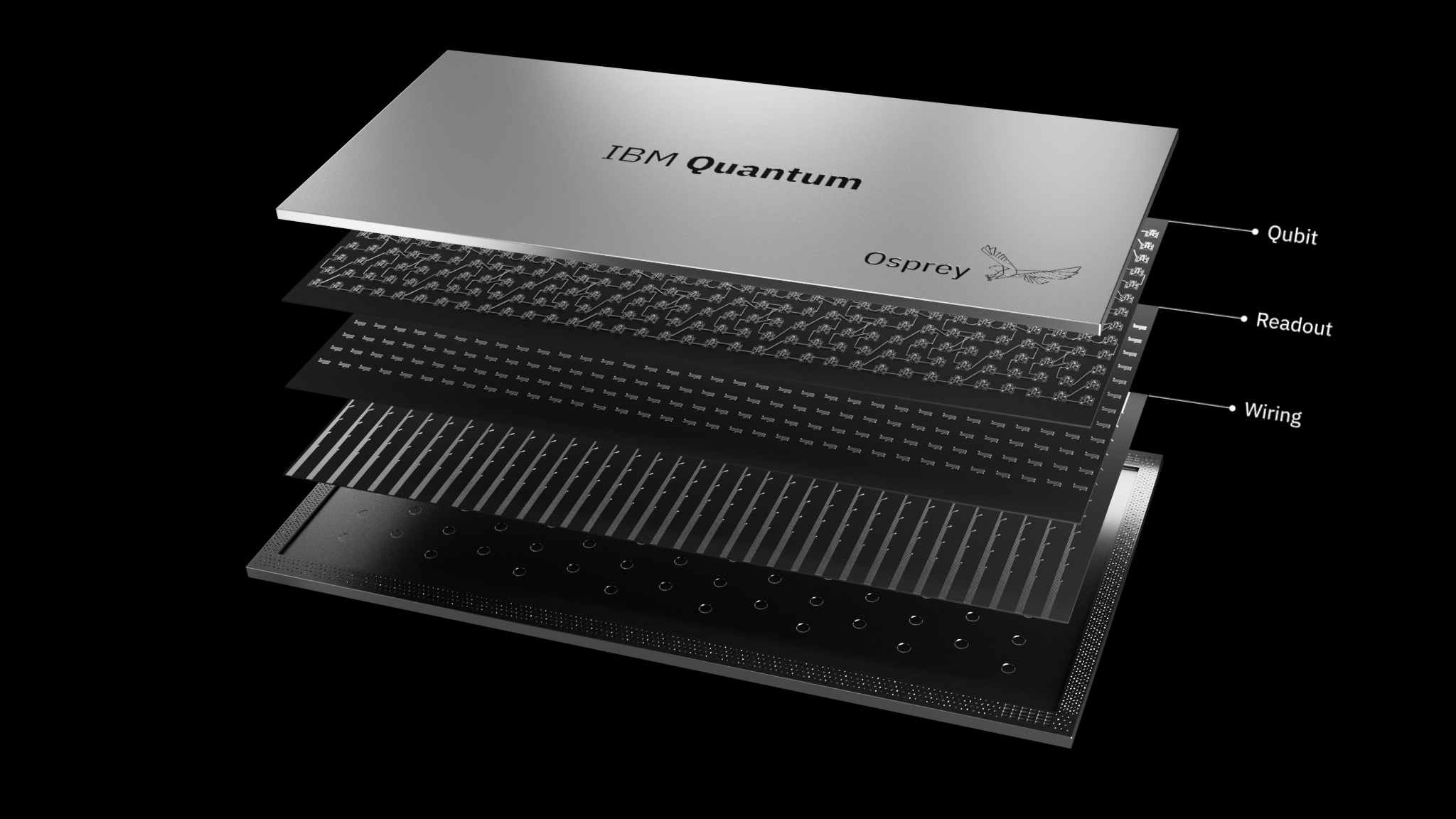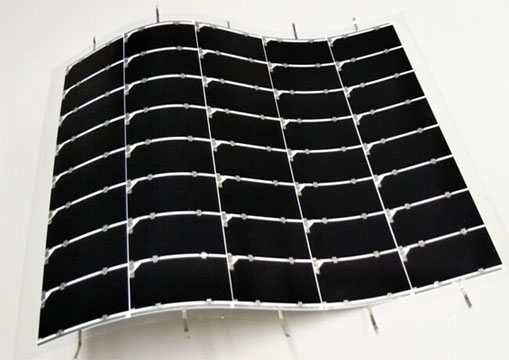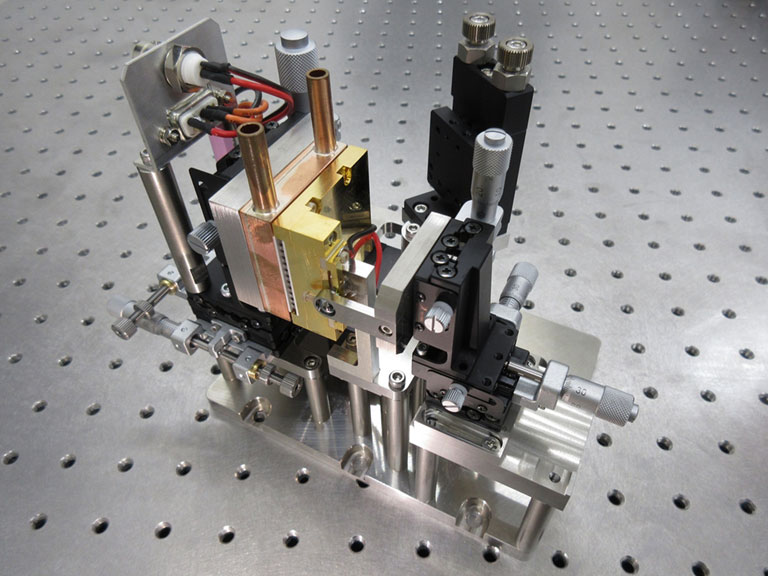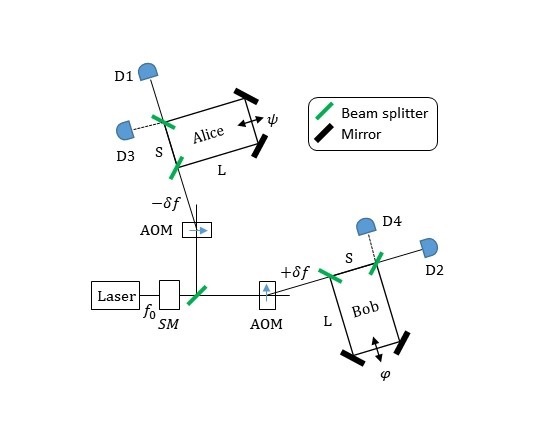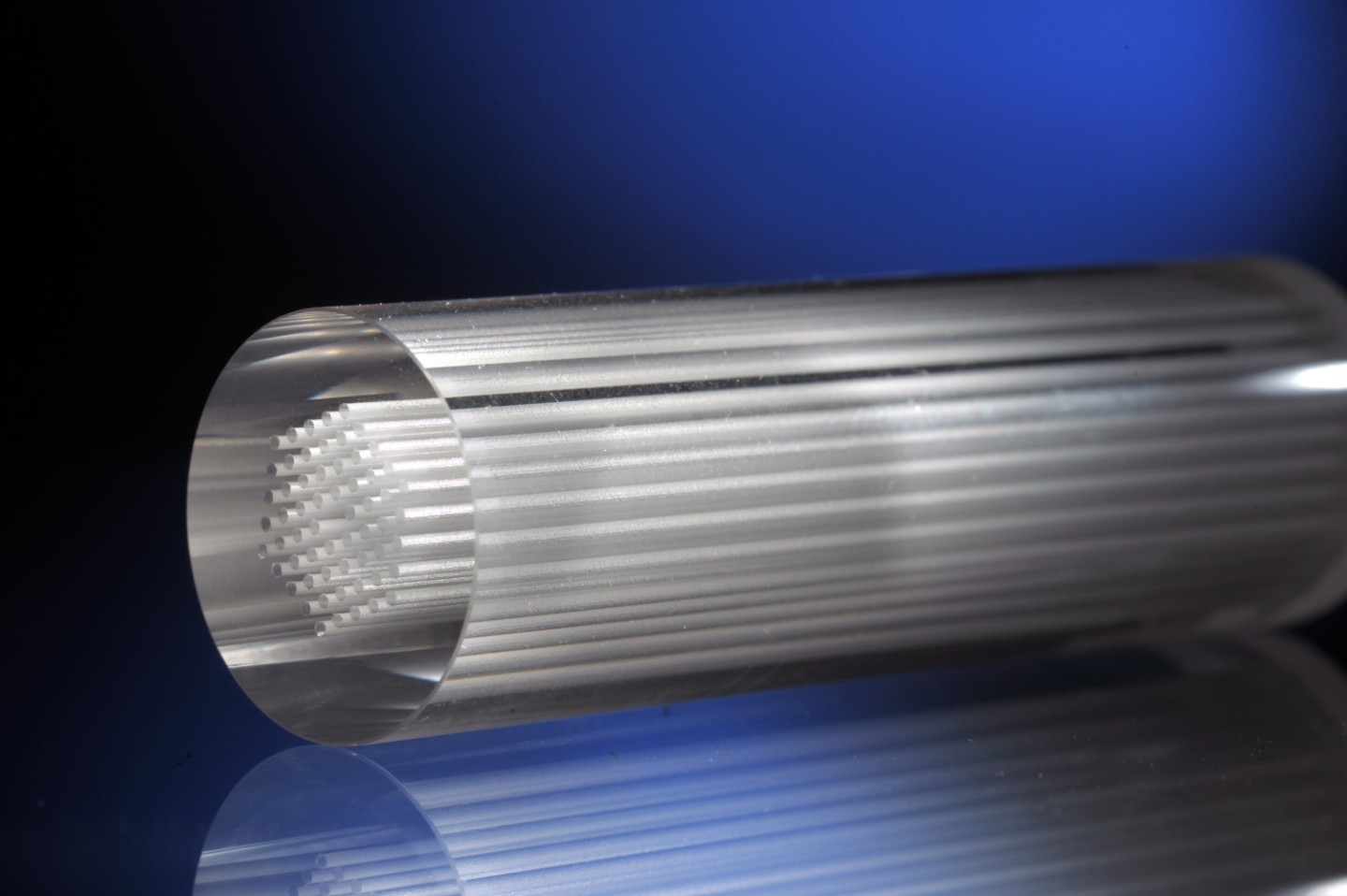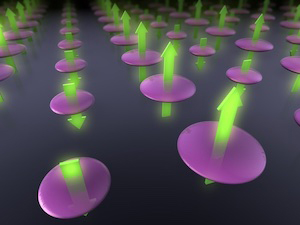25 August 2025
To advance energy-efficient solutions for AI hardware, quantum physicists are exploring the use of spin waves. This makes it possible to transmit information with minimal energy input, potentially helping to significantly reduce energy consumption in future applications. Using a newly developed method, a team from Heidelberg University and the University of Münster has succeeded in producing waveguides that allow spin-waves to propagate highly effectively. This allowed them to create a spin-wave network with the largest and most complex structures of this kind realized to date, says Prof. Dr Wolfram Pernice from Heidelberg University’s Kirchhoff Institute for Physics.
Spin refers to the intrinsic angular momentum of electrons. It is a quantum-mechanical property and can be described as a rotation around its own axis. Through this rotational movement, electrons generate a magnetic field around themselves, which can be altered using energy, e.g., by means of an alternating current antenna. When neighboring electrons respond to the change in the magnetic field, a spin-wave is created. This wave can be used to transmit information with minimal energy consumption, as the electrons themselves do not have to be moved, explains Dr Shabnam Taheriniya, a researcher in Prof. Pernice’s research group.
Previously, individual components had been realized using spin-waves, such as simple logic gates that process binary input into binary output signals, but without being linked into a larger circuit. The fact that larger networks, like those in electronics, have not yet been achieved is partly because spin-waves rapidly lose energy in the waveguides that connect the individual elements. The researchers from Münster and Heidelberg have now developed a new method that enabled them to create a complex network with 198 junctions.
To achieve this, the researchers used yttrium iron garnet. This material, which is a synthetically produced crystalline compound, can transmit spin-waves with very little attenuation. The waveguides were written directly into a film just 110 nanometers thick using a silicon ion beam. This approach makes it possible to create complex, high-quality structures in a flexible and reliable way, explains Prof. Pernice. In addition, the teams from Münster and Heidelberg succeeded in precisely controlling the properties of the spin-wave guided in the waveguide, such as its wavelength or its reflection at an interface.
Wolfram Pernice has been Professor of Experimental Physics at Heidelberg University since 2021 and leads the “Neuromorphic Quantum Photonics” research group at the Kirchhoff Institute for Physics. Previously, he conducted research at the University of Münster. Shabnam Taheriniya completed her doctorate at the University of Münster in 2023. Since April 2023, she has been working as a postdoctoral researcher in Heidelberg in Professor Pernice’s team. The research was funded by the German Research Foundation as part of the Collaborative Research Centre “Intelligent Matter” based at the University of Münster. The results have been published in the journal “Nature Materials”.
Original publication
J. Bensmann, R. Schmidt, K.O. Nikolaev, D. Raskhodchikov, S. Choudhary, R. Bhardwaj, S. Taheriniya, A. Varri, S. Niehues, A. El Kadri, J. Kern, W.H.P. Pernice, S.O. Demokritov, V.E. Demidov, S. Michaelis de Vasconcellos, R. Bratschitsch: Dispersion-tunable low-loss implanted spin-wave waveguides for large magnonic networks. Nature Materials (published online 9 July 2025)

